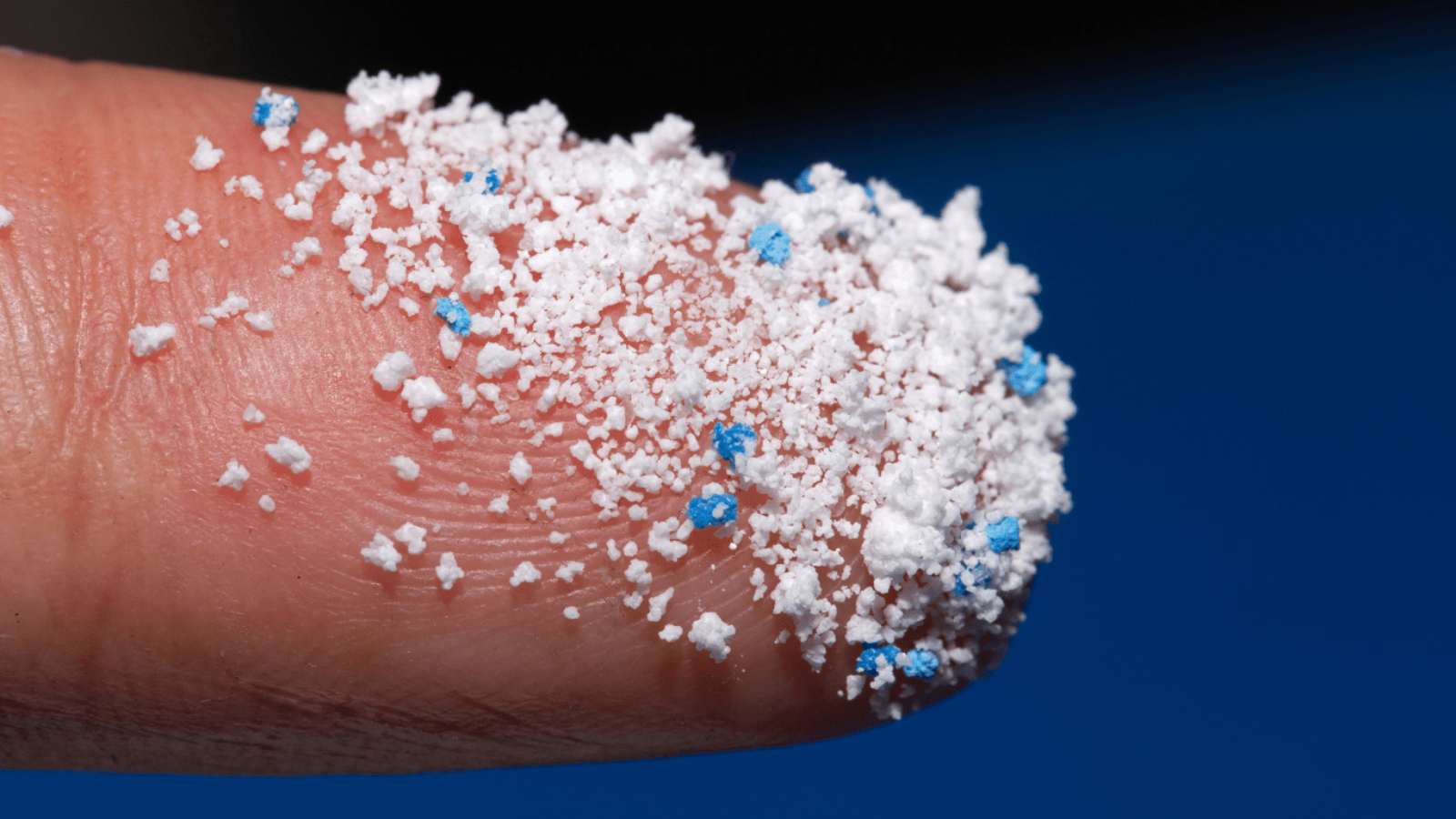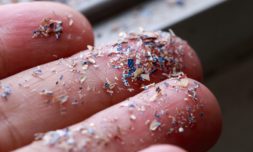The surprisingly basic technology was developed by a team of researchers who believe it could offer a novel solution to the ever-increasing environmental and health threat posed by these tiny particles.
Microplastic pollution is a huge problem.
The tiny particles, which are undetectable to the human eye and less than 5 mm in length, have been wreaking havoc on our health and the environment’s for decades now.
Adding insult to injury, the waste they generate is also incredibly difficult to clean.
Yet the gravity of this issue wasn’t recognised until 2004, when a landmark study documented the presence of this type of debris across 17 different beaches.
In the years since, as you likely know, they’ve turned up everywhere: in soil, in the oceans, and even in our bloodstreams – the latter prompting WHO to declare them an area of concern and a potential emergency later down the line.
This is because 30 million metric tonnes of plastic (which takes over 1000 years to degrade) are dumped on land annually, almost 50 million metric tonnes are burned, and another 11 million are washed away by the sea.


By 2040, these figures could be 77 million, 133 million, and 29 million respectively. Scary stuff, eh?
Fortunately, scientists have been scrambling to figure out how to rid the Earth of at least some of these minuscule polymer shards for as long as they’ve been making a mess.
Most recently, a team of researchers has made a promising first step towards waterways untainted by the remains of that carrier bag you threw out months ago.





















